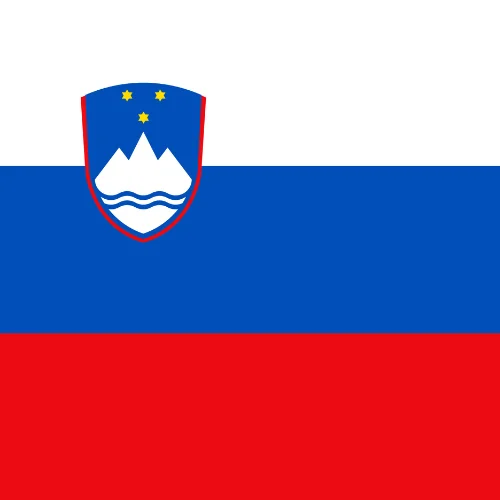Machinery Lubrication Analyst I (MLA I) gives the participants a foundation in lubrication best practices and product knowledge.
Machinery Lubrication Analyst I (MLA I) gives the participants a foundation in lubrication best practices and product knowledge. Learn proven industry methods for selecting, storing, filtering, and applying lubricants to boost reliability and decrease maintenance costs. Students will also better understand oil analysis and how it can help us make better lubrication decisions.
• How Lubrication Affects Machine Reliability
• Identify what strategy is being used in your plant and how it affects profitability
• Lubrication Fundamentals
• Oil viscosity, film, mineral/synthetic properties, and more
• Lubricant Application
• Unique lubrication considerations for machines, work type and speed
• Application methods and devices Storage and Handling
• Storage, handling and disposal best practice
• Bulk do’s and don’ts Contamination Control
• 10 ways to get more mileage out of filters=
• How dirt, metal particles, and soot destroy machine surfaces
• Essential Field Inspections
• Get big results from simple, visual inspections
Maintenance Strategies (10%)
Lubrication Theory/Fundamentals (18%)
Lubricant Selection (30%)
Lubricant Application (18%)
Lube Storage and Management (10%)
Lube Condition Control (10%)
Oil Sampling (10%)
Lubricant fare monitoring
Wear Debris Monitoring and Analysis (4%)

4850 USD
Cairo, Bahrain, Dubai & Oman
5 Days
1st Feb 2024
Click to Check PDF










WhatsApp us